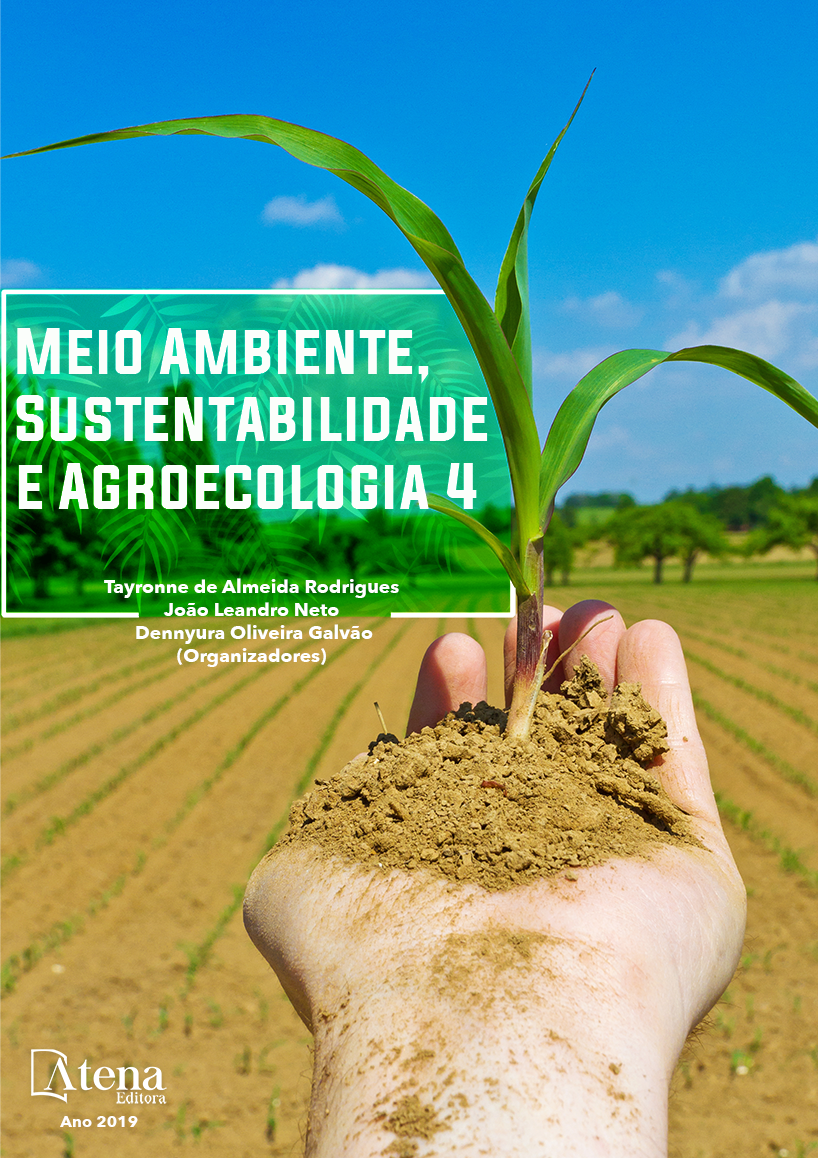
On the assessment of dye retention in quartz-based ceramic porous material by optical fiber sensor
atena
On the assessment of dye retention in quartz-based ceramic porous material by optical fiber sensor
-
DOI: 10.22533/at.ed.3091916042130
-
Palavras-chave: atena
-
Keywords: Dye-retention; Silica; Quartz; Optical fiber sensor
-
Abstract:
The utilization of an optical fiber
reflectometer on the evaluation of filtration
capability by SiO2 membranes is reported.
Quartz powder obtained by milling of natural
quartz was pressed under 30 MPa and
sintered under ~1000°C for producing 4.35
mm thickness ceramic membranes. The SEM
analysis revealed a high porosity material and
the XRD measurement indicated an α-quartz
structure. Next, the membranes were tested
on the retention of commercial food coloring
(Dr. Oetker, Color Index 16185). The dye was
diluted in DI water, and solutions were prepared
with concentrations varying from 0 to 100%
(v/v). Since the refractive index of solutions
varies with the dye concentration, the samples
could be analyzed by a fiber sensor, in which
the reflected light at the fiber-liquid interface is
related to the sample refractive index, according
to the Fresnel equation. The sensor was
calibrated for the dye diluted solutions, and then
tested for the filtered samples. It was observed
that the volumetric concentration varied from
60% to 50.3% after passing the solution through
Meio Ambiente, Sustentabilidade e Agroecologia 4 Capítulo 30 291
the porous material. It is a very significant result, since it is commonly necessary to
use high-tech processes in order to produce materials capable of retaining such small
structures, and shows that the use of quartz is effective in reducing the concentration of
a dye commonly used in food industry, being an economical and eco-friendly alternative
for the treatment of industrial and domestic effluents. Moreover, the methodology of
using an optical fiber sensor is also attractive for the analysis and control of chemical
processes, being minimally invasive, chemically inert, and presenting practically realtime
results.
-
Número de páginas: 15
- Murilo Ferreira Marques Santos
- Egont Alexandre Schenkel
- Beatriz Ferreira Mendes
- Gabriel Perli
- Samuel Fontenelle Ferreira
- Eric Fujiwara
- Carlos Kenichi Suzuki
- Marco César Prado Soares


